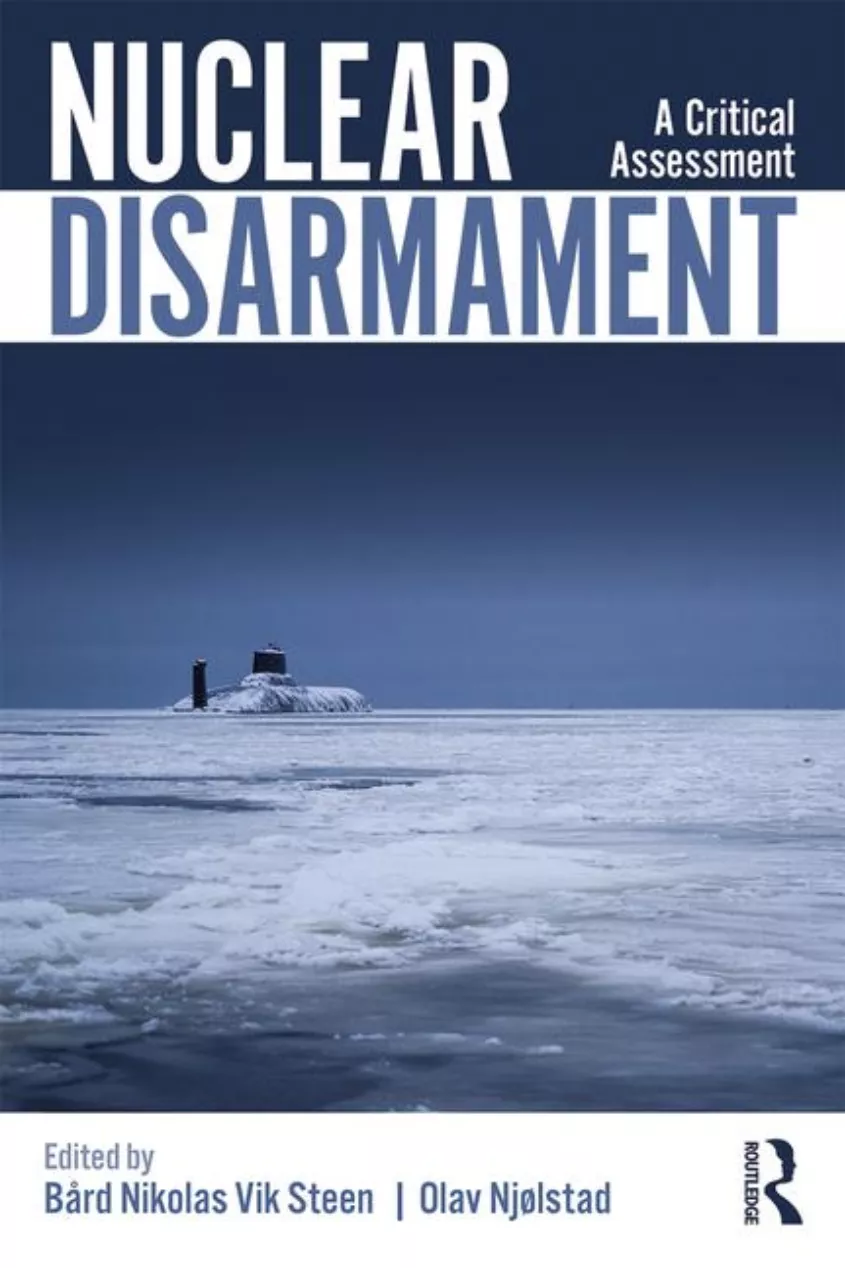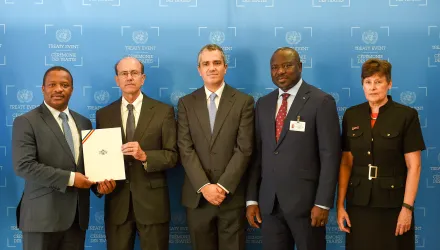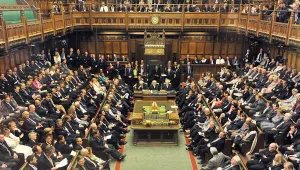
Further nuclear reduction under the current regimes seems unlikely. The US argues that Russia has violated the INF Treaty by developing and deploying a land-based cruise missile. Russia also makes the accusation that the Aegis Ashore missile defense system in Europe, capable of launching cruise missiles, has violated the INF. Furthermore, President Trump has repeatedly expressed his unwillingness to extend the New START Treaty for five more years after it expires in February 2021. The US-Russia bilateral disarmament process seems to have terminated. There have been some signs of nuclear build-up. The new US Nuclear Posture Review emphasizes the role of nuclear weapons while de-emphasizing strategic stability, reduces the threshold for nuclear use and calls for developing new low-yield SLBM and sea-launched cruise missiles. America’s nuclear policy might stimulate Russia and China to build new nuclear capabilities. North Korea’s advances in nuclear and long-range missile programs justify Washington’s investment in homeland missile defense, which in turn undermines China and Russia’s nuclear retaliatory capability and might result in a defense-offense arms race.
Riqiang, Wu. “Dim Hope for Disarmament and Approaching Risk of Build-Up.” Routledge, March 2019





